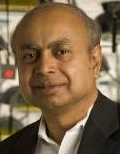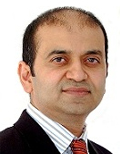BLE based Accessory-Smartphone communication (WBANs/WPANs), used for health-care, infotainment and many other applications, usually operate in dynamic environment (varying number of sensors, wireless conditions, etc.). These devices are typically configured in connection-oriented hub-and-spoke model with the Master controller. With an end-objective of optimizing the capacity of BLE (Bluetooth Low Energy) centric systems, we share analytical models, experimental setup and experimental validation of these models. Using a current consumption model for commercially available BLE devices, analytical models are developed to obtain closed form expressions for performance metric like Current Consumption and Quality of Service. (QoS in BLE context will be impacted by Application Delay, Overall end-to-end Reliability, throughput, and Stability region). Key contribution of this work is that it provides a way for Smartphones to control the Duration of Usage (DoU) of the connected accessories, while achieving a graceful application performance. Models presented in the paper capture both, connection-oriented and broadcast-based BLE communications systems. These models explicitly account for the system parameters such as data generation rate, communication buffer available at the Slave device, relative offsets in anchor points provided by Master to different connections, etc. These models feed into an adaptation algorithm running in the Master device to dynamically configure BLE connection parameters.












 Download PDF
Download PDF








